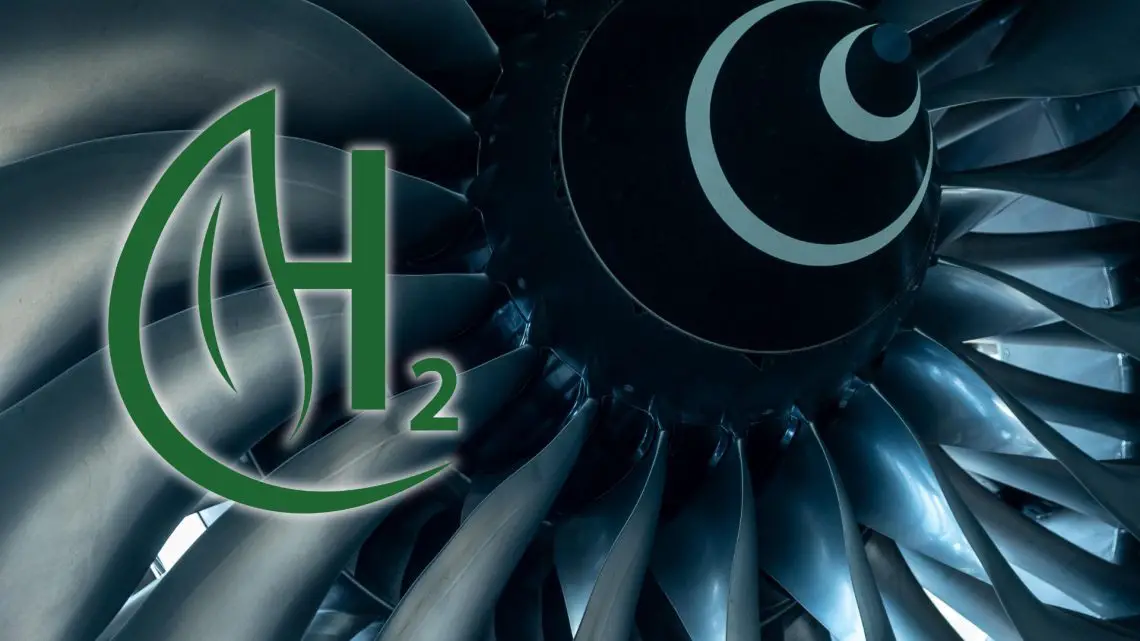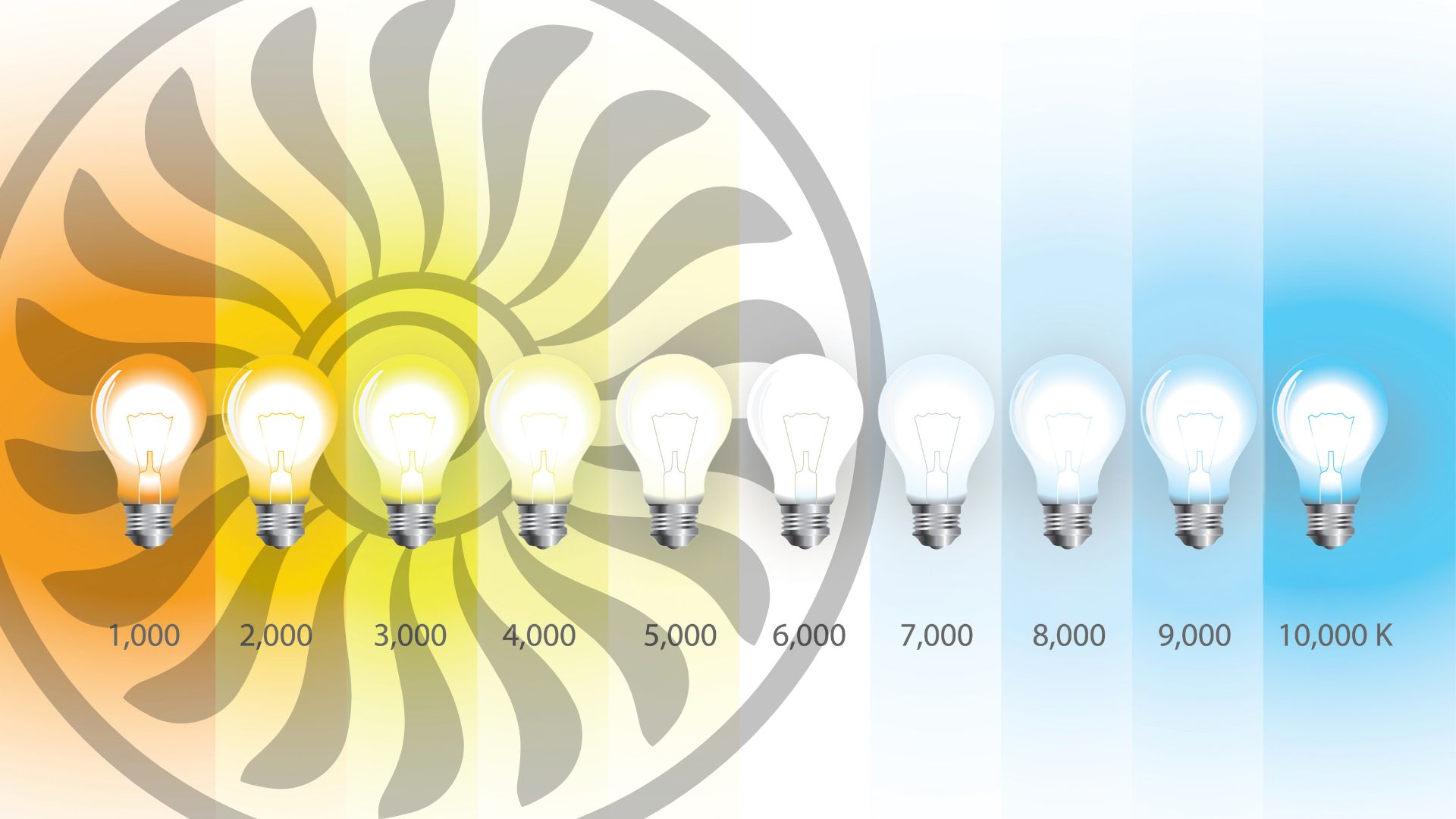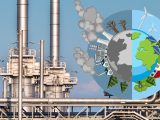
High-Entropy Alloys – The Secret Behind Next-Gen Hydrogen Turbines
October 29, 2024 0 By Erin KilgorePioneering Hydrogen Fuel-Operated Gas Turbines
As the world seeks sustainable energy solutions, hydrogen fuel emerges as a promising alternative to traditional fossil fuels. A recent grant has been awarded to develop a materials system for gas turbines that can operate using hydrogen fuel instead of natural gas. This initiative represents a significant stride towards the United States’ goal of decarbonizing energy by 2035.
The Shift to Hydrogen Fuel
The transition from natural gas to hydrogen fuel in gas turbines is driven by the need to reduce carbon emissions. By replacing natural gas with hydrogen, turbines can operate with a carbon-neutral footprint. Hydrogen combustion does not produce carbon dioxide, positioning it as a cleaner energy source. However, this transition presents technical challenges that demand innovative solutions.
Challenges in High-Temperature Operations
Operating gas turbines at higher temperatures is essential for efficiency but poses significant challenges. Current turbine materials, primarily nickel-based superalloys, begin to melt at around 2400 degrees Fahrenheit. To meet the demands of hydrogen combustion, turbines must endure temperatures exceeding 3000 degrees Fahrenheit. Furthermore, hydrogen combustion generates more steam, adding moisture-related stress to turbine materials.
Advancements in Alloy Technology
Researchers are focusing on developing a new class of materials known as refractory high-entropy alloys (RHEAs). These materials are being designed to withstand extreme temperatures and harsh environments typical of hydrogen-fired turbines.
Key advancements in alloy technology include:
- Development of RHEAs with melting points above 3500 degrees Fahrenheit.
- Tailored coatings to enhance oxidation and moisture resistance.
- Use of advanced alloy design tools to identify promising alloy compositions.
Innovative Solutions and Research
Under the Advanced Research Projects Agency-Energy (ARPA-E)’s ULTIMATE program, Texas A&M materials scientists, led by Dr. Raymundo Arróyave and Dr. Ibrahim Karaman, are at the forefront of this research. Utilizing advanced alloy design tools, the team has identified several promising RHEAs. These tools allow researchers to navigate the complex landscape of alloy compositions, akin to finding a needle in a multi-dimensional haystack.
The next phase of research involves testing the resilience of RHEAs with tailored coatings in simulated hydrogen gas turbine environments. This includes creating a high-pressure, high-temperature experimental setup that mimics the conditions within a hydrogen-fired gas turbine.
Engine Technology – Testing and Implementation
The experimental setup will use highly pressurized hydrogen and air, ignited through small rocket-nozzle-shaped tubes, to generate hot, high-velocity gas and steam. This setup will test the durability of the RHEA materials system, including substrate alloys, oxidation-resistant coatings, and thermal barrier coatings, under extreme conditions.
The team aims to validate that these materials can withstand the combined effects of high temperatures, oxidation, and moisture, with and without cooling mechanisms. This research is critical in determining the feasibility of using hydrogen as a primary fuel in gas turbines, without overhauling the existing energy infrastructure.
Conclusion
The development of hydrogen fuel-operated gas turbines marks a pivotal step towards cleaner energy production. By leveraging cutting-edge materials science, this project aims to overcome the technical barriers associated with high-temperature and moisture-rich environments. The successful implementation of RHEAs in gas turbines could significantly contribute to achieving carbon reduction goals, maintaining energy infrastructure, and advancing sustainable energy solutions. As research progresses, the potential for hydrogen fuel to revolutionize the energy sector becomes increasingly tangible, promising a future with reduced carbon emissions and enhanced energy efficiency.
About The Author
Meet Erin, a seasoned writer with 12 years of experience in the field of alternative energy. With numerous publications under her belt, Erin is considered an expert in the industry. Her passion for...



 With over 15 years of reporting hydrogen news, we are your premier source for the latest updates and insights in hydrogen and renewable energy.
With over 15 years of reporting hydrogen news, we are your premier source for the latest updates and insights in hydrogen and renewable energy.